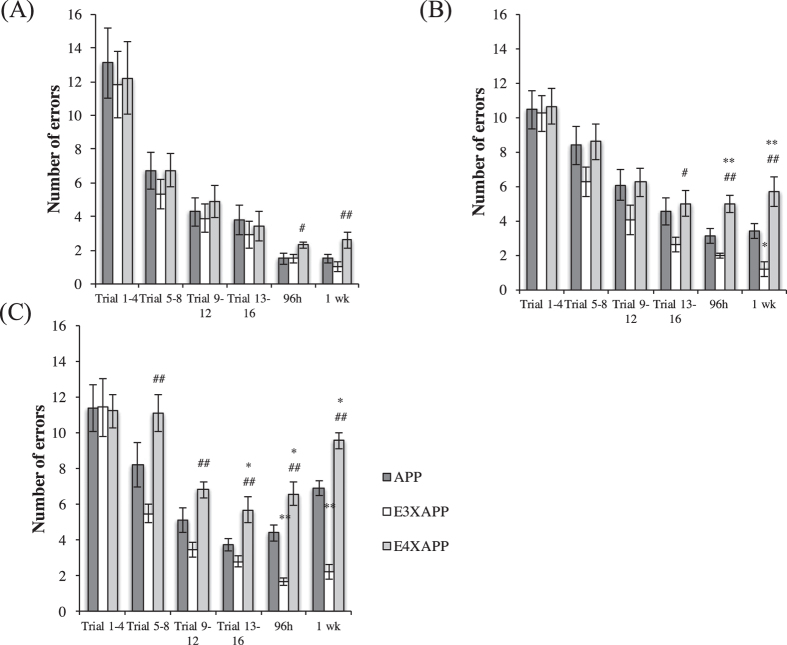Figure 2. ApoE4xAPP mice exhibited spatial memory impairment at 26 weeks.
(A) At 26 weeks, there were no significance differences in the number of errors made during the learning trials (1–16) among APP, ApoE3xAPP and ApoE4xAPP mice (One-way ANOVA, F = 0.07862, 0.5190, 0.8266, 0.2743, respectively). ApoE4xAPP mice made more errors compared to ApoE3xAPP mice during the short term (#p < 0.05) and long term memory trials (##p < 0.01) (One-way ANOVA, F = 3.368, 5.854, respectively, Tukey-Kramer). (B) At 52 weeks, the ApoE4xAPP mice made significantly more errors than ApoE3xAPP mice during trials 13–16 (#p < 0.05) (One-way ANOVA, F = 3.398, Tukey-Kramer). During the short-term probe trial, ApoE4xAPP mice made significantly more errors than APP (**p < 0.01) and ApoE3xAPP (##p < 0.01) mice (One-way ANOVA, F = 15.21, Tukey-Kramer) During the long-term memory probe trial, ApoE4xAPP mice made significantly more errors than APP (**p < 0.01) and ApoE3xAPP (##p < 0.01) mice, while ApoE3xAPP mice made significantly less errors than APP mice (*p < 0.05) (One-way ANOVA, F = 14.23, Tukey-Kramer). (C) At 78 weeks, ApoE4xAPP mice made more mistakes than ApoE3xAPP mice during trials 5–8 (##p < 0.01) and 9–12 (##p < 0.01) (One-way ANOVA, F = 7.127, F = 8.425, respectively, Tukey-Kramer). During trials 13–16, ApoE4xAPP mice made more errors than APP (*p < 0.05) and ApoE3xAPP mice (##p < 0.01) (One-way ANOVA, F = 7.834, Tukey-Kramer). During the short-term memory and long-term memory probe trials, ApoE4xAPP mice made more errors than APP (*p < 0.05) and ApoE3xAPP mice (##p < 0.01). However, ApoE3xAPP mice made less errors than APP mice (**p < 0.01) (One-way ANOVA, F = 26.16, F = 68.56, respectively, Tukey-Kramer). Error bars represent ± SEM (n = 7–10).

